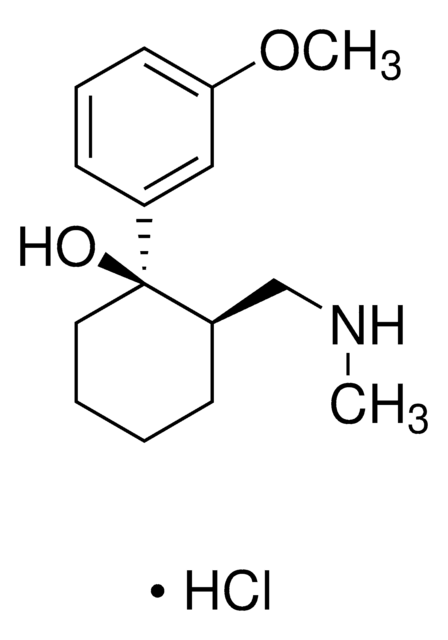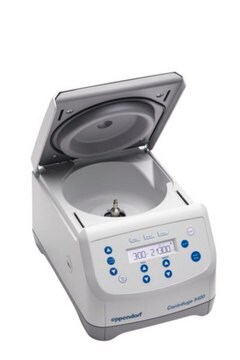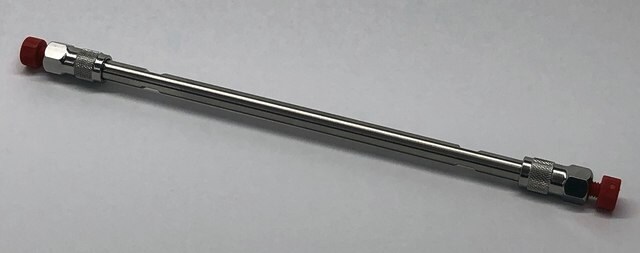Kluczowe dokumenty
LM1102
Avanti
17:0-20:4 PE
Avanti Research™ - A Croda Brand LM1102, methanol solution
Synonim(y):
1-heptadekanoilo-2-(5Z,8Z,11Z,14Z-eikozatetraenoilo)-sn-glicero-3-fosfoetanoloamina
About This Item
Polecane produkty
Formularz
methanol solution
opakowanie
pkg of 1 × 1 mL (LM1102-1EA)
producent / nazwa handlowa
Avanti Research™ - A Croda Brand LM1102
stężenie
~10 μg/mL (Refer to C of A for lot specific concentration.)
Warunki transportu
dry ice
temp. przechowywania
−20°C
ciąg SMILES
[H][C@@](COP([O-])(OCC[NH3+])=O)(OC(CCC/C=C\C/C=C\C/C=C\C/C=C\CCCCC)=O)COC(CCCCCCCCCCCCCCCC)=O
InChI
1S/C42H76NO8P/c1-3-5-7-9-11-13-15-17-19-20-21-23-25-27-29-31-33-35-42(45)51-40(39-50-52(46,47)49-37-36-43)38-48-41(44)34-32-30-28-26-24-22-18-16-14-12-10-8-6-4-2/h11,13,17,19,21,23,27,29,40H,3-10,12,14-16,18,20,22,24-26,28,30-39,43H2,1-2H3,(H,46,47)/b13-1
Klucz InChI
PWFGSGJBCRORHV-DVHMRFIGSA-N
Zastosowanie
- do ekstrakcji fosfolipidów z mitochondriów do ilościowej analizy spektrometrii mas (MS)
- do analizy lipidów ekstraktu lipidowego z mózgu myszy przy użyciu spektrometrii mas z transformacją Fouriera i rezonansem jonowo-cyklotronowym (FT-ICR-MS)
- do kwantyfikacji lipidów przy użyciu chromatografii cieczowej - spektrometrii mas (LC-MS)
- do przygotowania ekstraktów lipidów całkowitych metodą LC-MS
- do ratiometrycznej kwantyfikacji fosfoetanoloaminy (PE) przy użyciu LC-MS
Działania biochem./fizjol.
Opakowanie
Informacje prawne
najczęściej kupowane z tym produktem
Hasło ostrzegawcze
Danger
Zwroty wskazujące rodzaj zagrożenia
Zwroty wskazujące środki ostrożności
Klasyfikacja zagrożeń
Acute Tox. 3 Dermal - Acute Tox. 3 Inhalation - Acute Tox. 3 Oral - Flam. Liq. 2 - STOT SE 1
Organy docelowe
Eyes
Kod klasy składowania
3 - Flammable liquids
Klasa zagrożenia wodnego (WGK)
WGK 2
Temperatura zapłonu (°F)
49.5 °F - closed cup
Temperatura zapłonu (°C)
9.7 °C - closed cup
Wykazy regulacyjne
Wykazy regulacyjne dotyczą głównie produktów chemicznych. Można w nich podawać ograniczoną liczbę informacji na temat produktów niechemicznych. Brak wpisu oznacza, że żaden ze składników nie znajduje się w wykazie. Użytkownik odpowiada za zagwarantowanie bezpiecznego i zgodnego z prawem stosowania produktu.
EU REACH Annex XVII (Restriction List)
Wybierz jedną z najnowszych wersji:
Certyfikaty analizy (CoA)
It looks like we've run into a problem, but you can still download Certificates of Analysis from our Dokumenty section.
Proszę o kontakt, jeśli potrzebna jest pomoc Obsługa Klienta
Masz już ten produkt?
Dokumenty związane z niedawno zakupionymi produktami zostały zamieszczone w Bibliotece dokumentów.
Nasz zespół naukowców ma doświadczenie we wszystkich obszarach badań, w tym w naukach przyrodniczych, materiałoznawstwie, syntezie chemicznej, chromatografii, analityce i wielu innych dziedzinach.
Skontaktuj się z zespołem ds. pomocy technicznej










